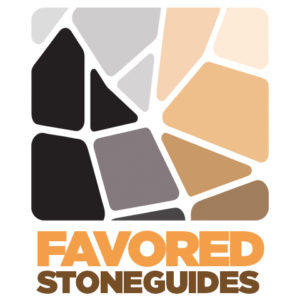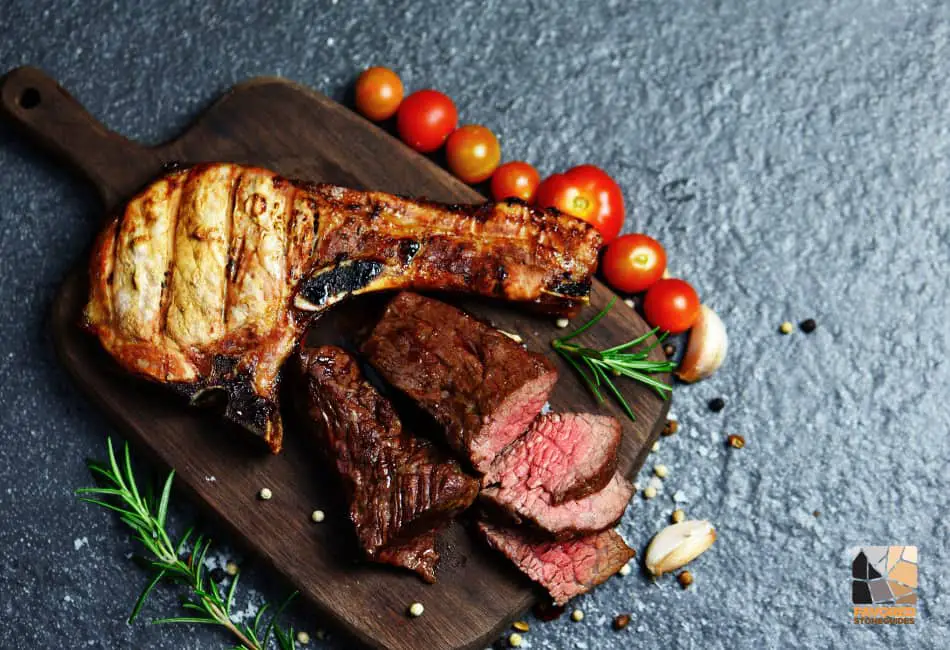It’s a common issue that many of us grapple with – our once pristine wooden cutting boards have turned a disconcerting black.
This is not only aesthetically unpleasing, but it also raises concerns about the hygiene of our food preparation surface.
Indeed, maintaining a clean and safe cutting surface is of utmost importance when it comes to preparing our meals.
In this guide, we will detail the potential causes of this issue and provide effective solutions to combat it, ensuring your cutting board can once again be a reliable tool in your culinary arsenal.
Wood Cutting Boards
1. Bamboo:
- Cause: The inherent absorption capacity of bamboo can lead to the accumulation of moisture. This, in turn, can result in mold growth and discoloration.
- Solution: Proper drying after every use is crucial to prevent moisture buildup. Regular oiling helps to seal the surface and protect the bamboo.
- Additionally, thorough cleaning, particularly after cutting acidic or colored foods, is essential to maintain the original color of the board.
2. Low-Quality Wood:
- Cause: Low-quality or untreated wood is more susceptible to moisture and mold, which can lead to blackening.
- Solution: Investing in high-quality, well-treated wood is an effective preventive measure.
- Ensuring the cutting board is properly sealed can also deter moisture retention.
- Moreover, it is crucial to dry the board thoroughly after each use, as leaving it wet can invite mold growth.
3. Soft Woods:
- Cause: The porous nature of soft woods makes them more prone to staining and darkening over time.
- Solution: Opting for hardwoods like maple or cherry can help mitigate this issue, as these woods are less porous and more resistant to staining.
- Regular oiling of the surface can help to protect it from stains and discoloration.
- Lastly, prompt cleaning after each use can prevent the absorption of food particles and liquids, which can cause darkening.
Plastic and Composite Cutting Boards
4. Plastic:
- Cause: Deep knife marks and scratches are a common issue with plastic cutting boards, leading to the appearance of dark grooves.
- These grooves can harbor food particles and bacteria, leading not just to aesthetical issues but also to potential health risks.
- Solution: It’s important to regularly replace worn plastic boards showing signs of deep grooves and scratches.
- Gentle cleaning methods, using soapy water and a non-abrasive cloth, can help to prevent or minimize damage.
- Furthermore, avoiding heavy knife usage and chopping hard materials on a plastic board can significantly extend its life span and maintain its appearance.
5. Composite Materials:
- Cause: Composite cutting boards are made from a blend of wood fibers and phenolic resins, and if these resins are not properly UV stabilized, it can lead to color changes over time.
- This can particularly be an issue if the board is frequently exposed to sunlight.
- Solution: Choosing high-quality composite boards ensures that the resins used are UV stabilized and less likely to change color.
- Storing the cutting board away from direct sunlight can also help to maintain its appearance.
- Regular cleaning, as per the manufacturer’s instructions, is essential to keep a composite board looking its best.
- It’s also worth noting that any cleaning or maintenance products should be safe to use on composite materials and should not contain harsh chemicals that could potentially affect the board’s color or surface.
General Causes (Applicable to Various Materials)
Mold and Mildew
- Cause: The primary cause of mold and mildew on a cutting board is moisture accumulation on its surface.
- This can occur if the board is not dried properly after cleaning or if it is stored in a damp environment.
- Solution: To prevent mold and mildew, it is important to thoroughly dry the cutting board after each clean, ensuring no residual moisture.
- Proper storage in a dry area is also crucial. Additionally, the application of food-safe mineral oil acts as a moisture barrier, keeping the cutting board dry and safe.
Stains from Dark Foods
- Cause: Pigmented foods such as berries, beetroot, and turmeric can cause stains on the surface of the cutting board, affecting its appearance.
- Solution: Immediate cleaning after use is important to prevent such stains.
- Using a solution of baking soda and water and scrubbing it onto the stained surface can effectively remove these marks, restoring the board’s original appearance.
Knife Marks and Scratches
- Cause: Regular usage of knives to chop and cut can cause marks and scratches on the cutting board.
- These can trap food particles and moisture, leading to hygiene issues.
- Solution: A light sanding of the board’s surface can help to remove these scratches, smooth the surface, and maintain cleanliness.
- Regular maintenance in this regard can keep the cutting board in good condition.
Residue Buildup
- Cause: Over time, oils, juices, and tiny food particles can accumulate on the surface of the cutting board, forming stubborn residue.
- Solution: Regular cleaning with warm soapy water can help to combat this residue.
- It may also be beneficial to use a brush to remove stubborn bits that are stuck in the grooves.
Natural Wood Aging
- Cause: Oxidation and exposure to light can cause color changes in wood cutting boards, which is a natural process of aging.
- Solution: While this is part of the charm of a wooden cutting board, regular oiling of the surface can help to maintain its appearance.
- It is also important to protect the board from excessive light exposure.
Chemical Reactions
- Cause: Certain acidic foods, such as lemon and tomato, can react with the material of the cutting board, causing it to discolor or degrade.
- Solution: To maintain the board’s integrity, avoid leaving acidic foods on it for extended periods.
- Prompt cleaning and maintenance of a neutral pH can prevent these reactions.
Lack of Maintenance
- Cause: Neglecting the regular cleaning and oiling of the cutting board can lead to grime buildup and degradation of the board.
- Solution: To prevent this, it’s important to establish a regular cleaning routine, including oiling and maintenance, to keep the board in good condition.
Excessive Heat Exposure
- Cause: Exposure to high temperatures from dishwashers or stovetops can warp, crack, or discolor the cutting board, affecting its utility and aesthetics.
- Solution: To avoid heat damage, it is recommended to hand wash cutting boards with lukewarm water and keep them away from extreme temperatures.
Use of Harsh Cleaning Products
- Cause: The use of abrasive cleaners or harsh chemicals can damage the cutting board’s surface and affect its appearance.
- Solution: To maintain the integrity and appearance of the cutting board, it is recommended to stick to mild dish soap and water for regular cleaning.
Conclusion
Throughout this post, we’ve detailed the numerous factors that contribute to a cutting board turning black, from exposure to light and heat, to chemical reactions and the use of harsh cleaning products.
Understanding these causes allows us to take preventative measures, ensuring the longevity and utility of our cutting boards.
The importance of selecting the right cutting board material cannot be overstated. Different materials interact differently with various factors; for example, wooden boards are more sensitive to excessive light exposure, while certain acidic foods can react with metal boards.
By choosing the material that aligns with your usage patterns, you can significantly reduce the risk of your cutting board turning black.
Additionally, maintaining a consistent cleaning and maintenance routine is crucial. This includes regular oiling, promptly cleaning off acidic foods, as well as avoiding extreme temperatures and the use of harsh cleaners.
By sticking to these practices, not only can you keep your cutting board in good condition, but also ensure a hygienic surface for food preparation.
In conclusion, while a blackened cutting board can be a concern, it’s a problem that can be effectively mitigated with knowledge and proper care.
By implementing the solutions provided in this post, you’ll be able to protect your cutting board from damage, ensuring it remains a safe, reliable, and aesthetically pleasing part of your kitchen for years to come.

